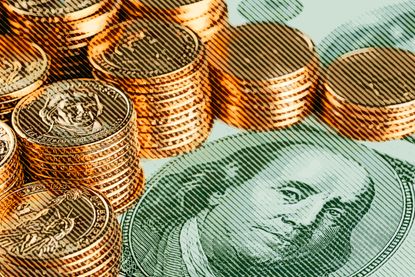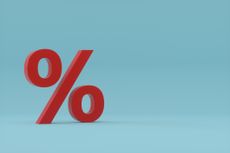Taxes
News, insights and expert analysis on taxes from the team at Kiplinger.
Explore Taxes
Latest
-

Roth 401(k) Changes: What You Should Know for 2025 and 2026
Retirement Savings Key changes to Roth 401(k) account rules may affect your tax planning and retirement savings.
By Kelley R. Taylor
Retirement Savings -
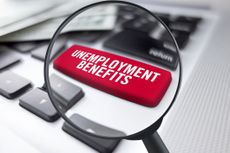
Is Unemployment Taxable? A State-by-State Guide
State Tax The federal government taxes unemployment benefits. But is unemployment taxable in your state?
By Katelyn Washington
State Tax -
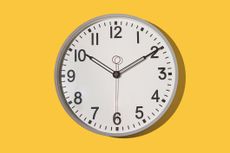
Not All Early Retirement Account Withdrawals Come with a Penalty
Tax Smart Early withdrawal penalties of 10% typically apply to IRA and 401(k) distributions, but there are exceptions.
By Joy Taylor
Tax Smart -

How Charitable Trusts Benefit You and Your Favorite Charities
These dual-purpose tools let affluent families combine philanthropic goals with advanced tax planning to generate income, reduce estate taxes and preserve wealth.
By Julie Virta, CFP®, CFA, CTFA
-

Holiday Tax Scams 2025: 'Tis the Season to be Wary
Tax Scams Navigating tax tricks of the holiday season may be daunting, but don't let that destroy your festive spirit
By Roxanne Bland
Tax Scams -
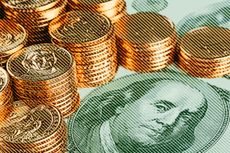
Law Reversal Looming? Trump Eyes 2026 Gambling Winnings Tax Change
Tax Deductions It's no secret that the IRS is coming after your gambling winnings in 2026. But how long will that last?
By Kate Schubel
Tax Deductions -

4 Times to Say Yes to a Roth Conversion and 4 Times to Say No
Roth conversions should never be done on a whim — they're a product of careful timing and long-term tax considerations. So how can you tell whether to go ahead?
By Ryan K. Snover, Investment Adviser Representative
-

The $183,000 RMD Shock: Why Roth Conversions Can Be Risky
Converting retirement funds to a Roth is a smart strategy for many, but the older you are, the less time you have to recover the tax bite from the conversion.
By Mark Kennedy
-

A Financial Pro Breaks Retirement Planning Into 5 Easy Pieces
This retirement plan focuses on five key areas — income generation, tax management, asset withdrawals, planning for big expenses and health care, and legacy.
By J. Burke "J.B." Howard
